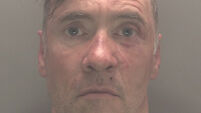Londoners wait for next deadly wave of attacks
Above ground, a double-decker bus shook to the sound of a detonation.
Amid the mayhem, London knew it was lucky to emerge without a death toll, but it also now knows the bombers are back and while they only need to be lucky once, the British capital has to be lucky always.














